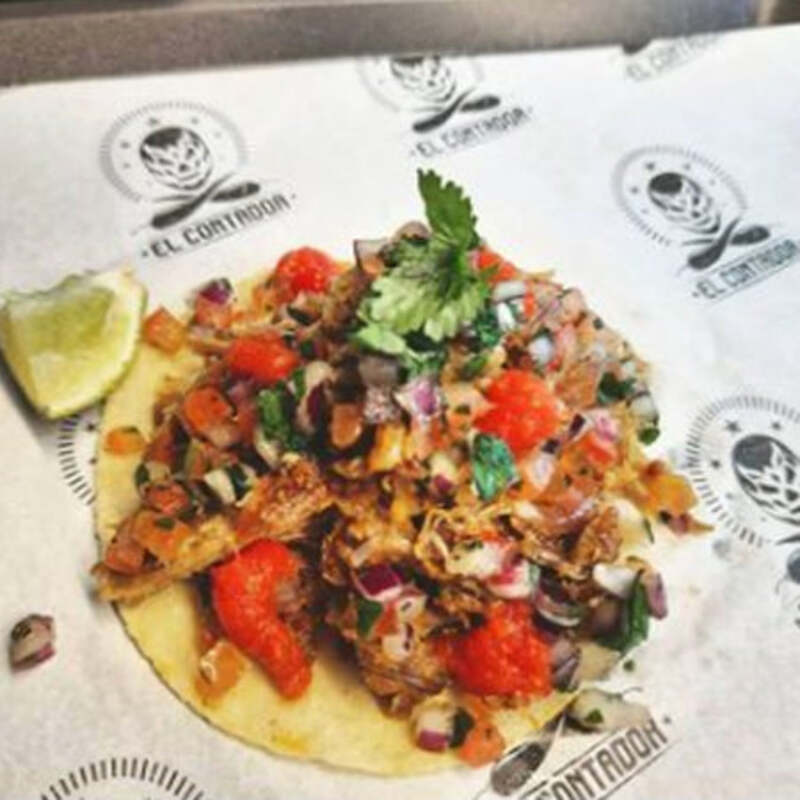The Importance of Food Packaging in Modern Society
Food packaging plays a crucial role in our daily lives, influencing not just how we store and transport food, but also how we perceive and consume it. While often overlooked, the significance of effective packaging goes beyond aesthetics; it is a key player in food safety, sustainability, marketing, and consumer convenience.
First and foremost, one of the primary functions of food packaging is to protect the contents from contamination and spoilage. Packaging acts as a barrier against environmental factors such as moisture, air, and microorganisms, all of which can degrade food quality and safety. For instance, vacuum-sealed bags help preserve meats by reducing the amount of oxygen that can foster bacterial growth. Similarly, modifications in packaging materials, like barrier films, enhance the shelf life of perishable items. In this way, effective food packaging is essential not only for protecting public health but also for minimizing food waste, which is a significant global issue.
Sustainability has become a predominant concern in recent years, with many consumers and businesses striving to reduce their environmental footprint. The food packaging industry is responding to this challenge by innovating materials and designs that prioritize recyclability and biodegradability. For example, the shift from plastic to compostable materials is gaining traction, as many companies seek to meet the growing demand for eco-friendly options. Additionally, companies are increasingly exploring minimalistic packaging designs that reduce the amount of material used without compromising the safety or quality of the food. Such endeavors not only align with consumer preferences but also contribute to a more sustainable future.
food packaging

Aside from functionality and sustainability, food packaging also serves as a powerful marketing tool. In a crowded market, the packaging design can significantly influence a consumer's purchasing decision. Bright colors, bold logos, and attractive designs can draw attention and communicate the brand's value. Furthermore, packaging can educate consumers about the product itself, listing nutritional information, ingredients, and preparation instructions. This level of transparency is increasingly demanded by consumers who are more health-conscious and interested in knowing what they put into their bodies. Effective packaging thus plays a dual role it informs and entices consumers while providing essential information about the product.
Consumer convenience is another critical aspect facilitated by innovative food packaging. The rise of ready-to-eat meals and single-serving packages reflects a shift in consumer lifestyles, where convenience is paramount. Packaging that is easy to open, resealable, or portioned allows for quick consumption and reduces the need for additional cookware or utensils. This convenience is particularly beneficial in our fast-paced society, where many people seek quick yet nutritious meal options.
Moreover, advancements in technology are further revolutionizing food packaging. Smart packaging technologies, such as QR codes and sensors, are becoming increasingly prevalent. These technologies provide real-time information regarding the freshness of the food or enable consumers to track the product’s journey from farm to table. This interaction adds a layer of transparency and engagement between the brand and the consumer, fostering trust and loyalty.
In conclusion, food packaging is an integral part of our food system, serving vital roles in protection, sustainability, marketing, and consumer convenience. As society continues to evolve, the food packaging industry must innovate and adapt to meet the changing needs and values of consumers. By prioritizing safety, environmental responsibility, and user engagement, we can ensure that food packaging not only enhances the quality of our food but also contributes to a healthier planet.



